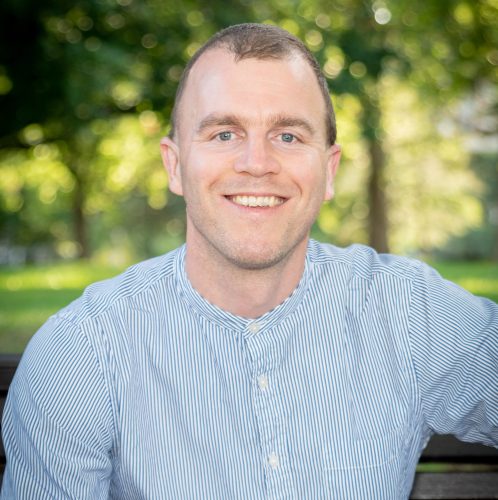The thinking mind is a powerful tool. It can play an integral role in engineering magnificent buildings, solving complex problems, mastering multiple languages, and writing and executing to-do lists.
We give much time and effort to educating the mind to perform tasks and study topics. At its best, this education creates capacity for deductive reasoning, a grasp of logic, and critical thinking. It may even develop the ability for creative thinking and original thought.
If we have explored personal development and sought to make changes in our life, we will likely have begun to see how changing our mind changes our life. Adjusting our attitudes and beliefs can have a profound impact on how we experience and create our lives. Research demonstrates that gratitude can enhance physical and mental wellbeing and sociological functioning. Researchers have even found that optimists tend to live longer and happier lives. Both gratitude and optimism can be trained.
These are all necessary approaches to using the mind. Though, typically, they fail to give sufficient emphasis to one key fact about the mind: it’s not what we are.
We witness thinking mind and therefore cannot be thinking mind. Yet, identification with the mind, living in thought, is a common state of consciousness in which most of us inhabit. It is a faulty (and thus, flimsy) foundation from which to live.
We can easily become conceptually aware that we are not the stream of thoughts and sensations; we can think we are not the thinking mind. With time and effort, this can ripen into realization; we know, see, and feel we are not the mind. We live from a firm foundation, grounded in truth. How?
We may contemplate the question: What am I?
A meditation practice is another tried and tested means of creating such a foundation, built on insight into our true nature. Beginning meditation attention will likely become embroiled in what we are noticing (thoughts, sensations, emotions, sounds, etc.), but, this is not failure, nor does it mean that you cannot meditate; for in noticing this, we expand in awareness.
Meditation can be seen simply as a practice by which we come to notice: We are the noticing.
In addition, through a concentration practice, we can train the capacity to volitionally give attention. Thus, we become able to give attention to more helpful thoughts and let go of those we might experience as troubling. We also become familiar with the strong tendencies to either move toward what we perceive as good, or move away from what we believe to be bad. In this way, we see how we have been living in a sort of bondage, prisoners of an untrained mind.
In cultivating one-pointedness, we develop the capacity to hold attention on our disturbances and discomforts and remain with our fear and pain, rather than seeking to numb and avoid. In facing and embracing all of our experiences, we become free, at peace with whatever is showing up. With practice, we notice we are the noticing. We see we are awareness, rather than anything which is arising in awareness. We see we are the seeing, rather than anything being seen. We discover we are not the mind but that which the mind arises within. Fully integrated, this is the end of suffering. It is the beginning of living life as a joyful being, untroubled by phenomena.
Most of us require a regular and sustained concentration practice to allow this realization. A combination of a sitting meditation and a body meditation, such as yoga, qigong, or dancing, may be optimum. We can also practice throughout our day, bit-by-bit, loosening our attachment to our mind and bringing the clarity of awareness. We can begin right now:
- Stop reading. Take a deep breath, and simply notice you are noticing.
- There is stuff you are noticing – thoughts, feelings, and sensations. Notice you are the noticing.
- Pause once again. You may find it pleasant to simply be, to notice the mind rather than being swept up by it. Take a rest in the gap between thoughts.
We can create these trigger points for peace throughout our day by anchoring the possibility in frequent tasks. Perhaps every time we sit or get up from our seat, we simply take a second to notice we are noticing. Or, every time we touch a door handle could be our designated mini-meditation. By selecting an activity that happens a few times every day, we can catalyse progress in realizing we are not our mind. We can bring the peace and ease of moments in meditation or yoga into our day-to-day. Such deliberate consistency changes the physical structure and neural functioning of our head, heart, and gut-brain. Over time, these moments expand and become more frequent. Eventually, suffering – a functioning of mind, is no more possible than picking up a red-hot poker.
In so doing, we enhance almost every human function, including that of the thinking mind. It all begins with noticing we are this noticing.
For a deeper dive into transformation through gratitude enjoy Will’s second book, The Gratitude Prescription: Harnessing The Power of Thankfulness for Healing and Happiness (also available in Breathe Together Yoga’s shop).
















